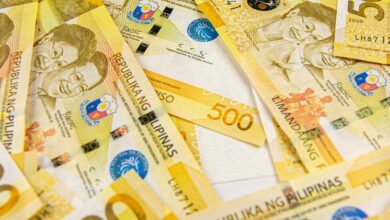
PH real estate market shows OFW families are thriving
The Philippine labor diaspora consists of approximately 9.1 million people, or nearly 10 percent of the population. In 2015, Overseas Filipino Workers (OFW) hit US$28 billion in remittances, making up 9.8 percent of the country’s GDP.
However, the Filipino migrants’ collective consumer power and their contributions in transforming businesses in the country is something that is often overlooked, according to Mina Roces, Professor of History at the University of New South Wales.
One industry that significantly benefits from migrant investment is the real estate market in the Philippines. Since the early 2000s, real estate boomed in Metro Manila and surrounding areas due to an increase in demand for housing by Filipino migrants.
“Overseas workers have revitalized the condominium market,” said Manuel Serrano, the head of the Chamber of Real Estate and Builders Association of the Philippines.
Decentralization
Moreover, the impact of the real estate boom has extended beyond Metro Manila. This is highly evident in the development of new homes and high-rise buildings in Tagaytay, rural towns like Las Piñas and Angeles, and provincial capitals such as Cebu.
Filipino migrants are now deemed as not only consumers, but reliable investors too. Philippine real estate companies have shifted their business practices to attract more people from this market.
Considering the effect of the Filipino migrants’ purchasing power, the Philippine diaspora is no longer marginal — the role it plays has grown in significance in transforming business and physical landscapes. What other positive effects could the OFWs and their families have on the country’s future?




